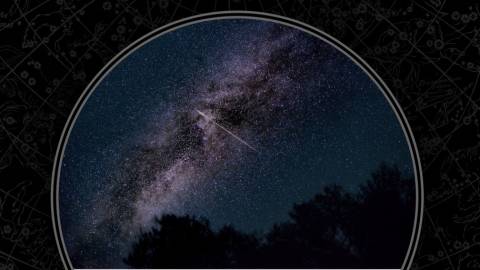
The 2022 Perseid Meteor Shower Will Peak This Week—Here’s How to See It
This article contains affiliate links to products selected by our editors. Mental Floss may receive a commission for purchases made through these links.
If amateur sky-gazers catch one meteor shower a year, it's usually the Perseids. The event peppers the sky with up to 100 shooting stars per hour most years in August, making it one of the most reliable light shows on the astronomical calendar. The Perseid meteor shower will be harder to observe in 2022, but it's still worth looking up at its peak between Thursday, August 11 and Friday, August 12.
What is the Perseid Meteor Shower?
The Perseids appear to originate from the constellation Perseus, which is where they got their name. The meteors are actually born from the comet Swift-Tuttle. When our planet passes behind the comet each August, debris from the tail burns up in our atmosphere. This results in a flurry of shooting stars streaming across the night sky.
The meteors from the shower are numerous and bright: In a good year, the Perseids produce as many as 200 shooting stars at their peak. That won't be the case in 2022, however. The shower peaks the night of Thursday, August 11, and the morning of Friday, August 12—the same night as the full moon. The fully illuminated orb will wash out the sky, making the dimmest meteors impossible to see, Space.com reports.
How to View the Perseid Meteor Shower
Taking in the Perseids this year won't be as easy as it was in 2021, but there are some steps you can take to improve your viewing experience. The pre-dawn hours on August 12 when the sky is at its darkest are the best time to look up. After finding a spot with open skies and minimal light pollution, give your eyes plenty of time to adjust to the darkness. If don't see any meteors after making those preparations, you can still enjoy August's full sturgeon moon.
[h/t Space.com]
This article was originally published on www.mentalfloss.com as The 2022 Perseid Meteor Shower Will Peak This Week—Here’s How to See It.